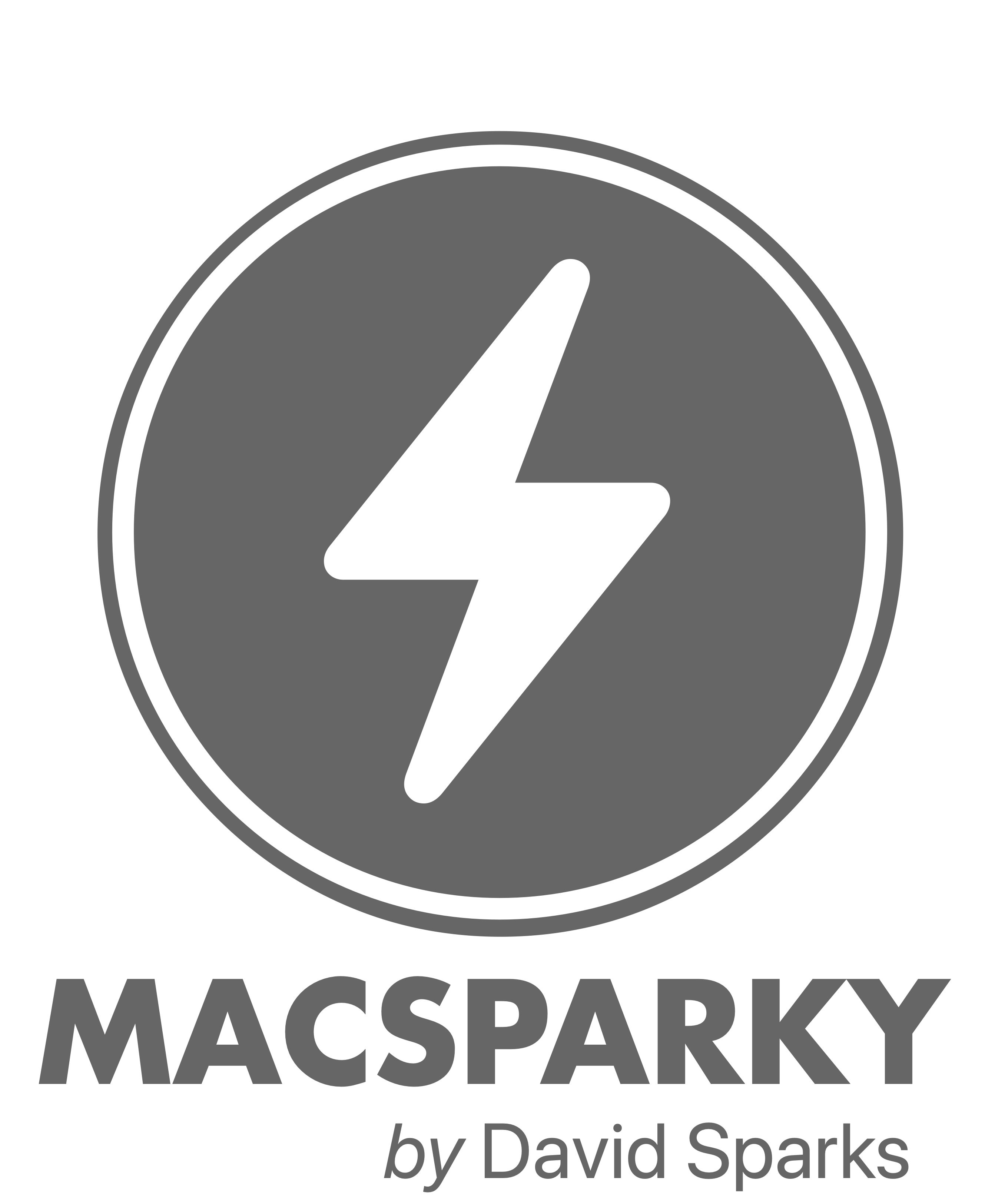For the last few months, I have been playing with an Oculus Quest. I never really had any experience with virtual reality (VR) before, and I decided that there was no better time to look for a little escape than amid the pandemic.
The technology is impressive, yet I don’t find myself spending more than a few hours a week in virtual space. Of course, there is a Star Wars game and, of course, that is where I spend the most time.
However, I recently tried out a new Oculus app that is intriguing. The app is called Immersed, and it is quite a trip. With the app on your Oculus Quest and the host software loaded on your Mac, you can have your Mac’s monitor appear in virtual space. They have a lot of options ranging from an alpine cabin, to a “productivity cave”, to a starship. I am currently orbiting the planet Earth on a starship while I compose this blog post. We just flew over Mexico.
If you have never played with a VR device before, they are something else. The resolution is not as high as a retina screen, but the overall impression is that you are someplace else. It is easy to lose track of your actual surroundings while in VR. The above screenshot does not do it justice. It is entirely readable. The surprising thing about Immersed is that it works. I am able to write this post (and several others) with no noticeable lag in typing, and part of me actually thinks I am on a starship. There are, of course, a few downsides:
-
The screen resolution isn’t nearly as good as my standard monitor. Also, I had to set my monitor display to its largest size to really make this work. That said, I can read and interact with the entire screen with little or no eye strain.
-
Unlike the keyboard, my wireless mouse can get laggy. Not always, but sometimes. It’s fine for text editing, but lousy for gaming.
-
You really need to be a touch typist to make this work. You can’t see your keyboard or mouse at all because you are in space, or a cabin, or on top of a mountain, or a creepy cave that is supposed to make you productive.
-
Facebook! That company that I don’t like makes this thing I have strapped on my head. You can have an account without signing into Facebook, but in order to get this screenshot exported, I had to log in to Facebook for the first time in years. I can only guess what it is going to take for me to unring that bell. Talk about taking one for the team.
-
Weight and battery life. This app and the connection seems to be burning up my Oculus battery at a rate of 30% per hour. Also, the Oculus itself gets heavy on your head after a while.
-
After spending a few hours in virtual space, I felt a bit fatigued. I don’t know if it was the screen resolution, the motion of my starship, or the weight of the device on my head, but I was ready to return to Earth. I don’t think I could do this for more than a few hours at a time.
This is really just a first step. I could see myself working in a virtual zen garden or on the planet Endor for extended periods of time once these VR devices get lighter and better. I’m having a great time writing several posts for this week in a spaceship. I may go down to my alpine cabin next for an OmniFocus review session. Seriously, this is fun for a productivity nerd like me. I will report back in a month to tell you if I am still using it or if the shininess wore off. In the meantime, I just passed over Saudi Arabia.






